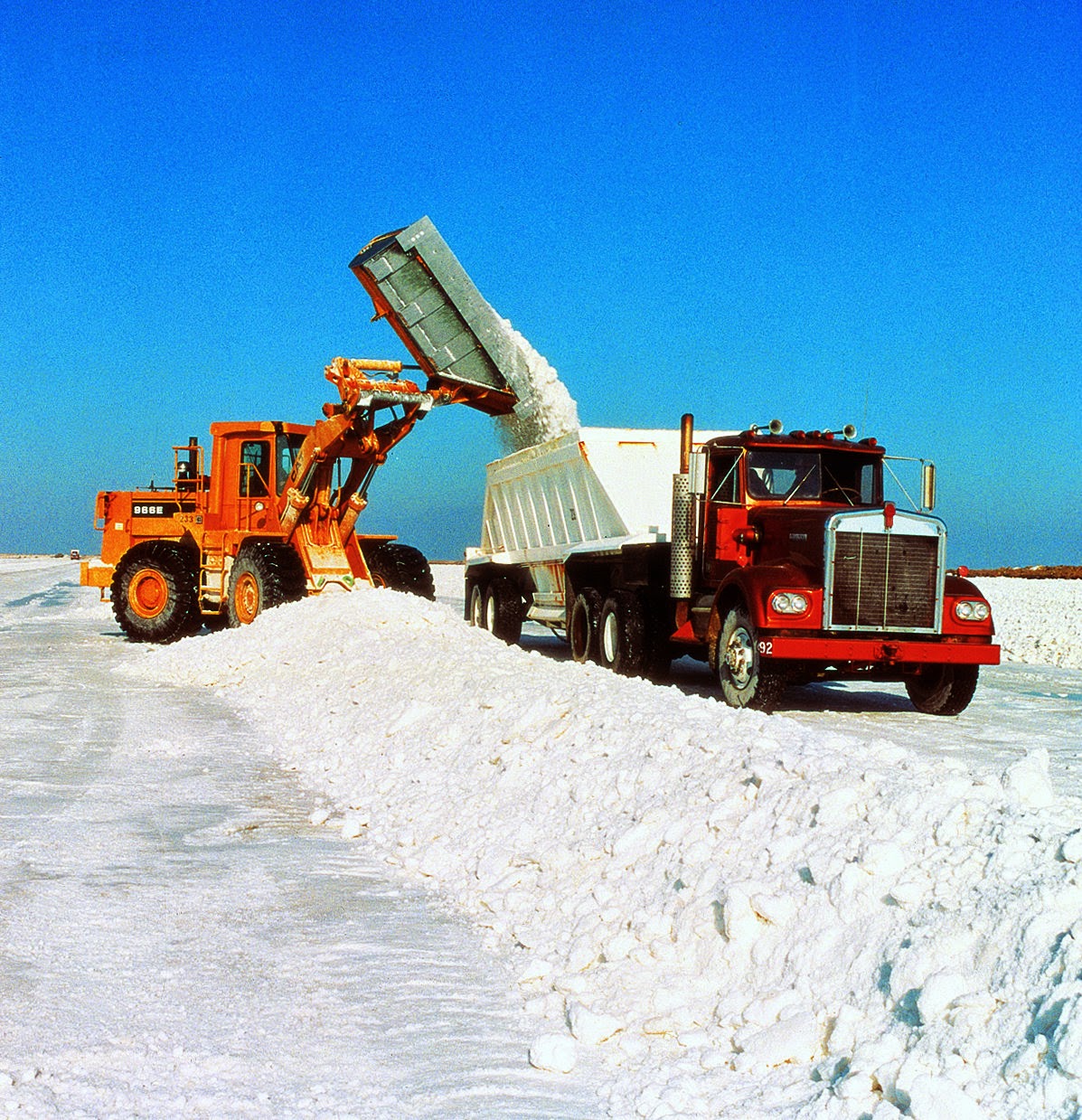The
4R principles of nutrient stewardship involve selecting the “Right Source” of
nutrients to meet plant demands. This fundamental decision of nutrient source
influences the process of choosing the Right Place, Right Time, and Right Rate
for each field.
A misconception
persists
that using manufactured fertilizers means opposing the use of organic nutrient
sources. Most agronomists agree that selecting the right source of nutrients
begins with first considering the supply of on-farm nutrients and then
supplementing them with commercial fertilizers.
Integrated Plant
Nutrient Management is the term used by agronomists to describe the appropriate use
of both fertilizer and organic sources of nutrients. Every farming operation
will differ in its access to various nutrient sources and there is a range in
specific crop requirements, but all farmers have the goal of maximum crop
output and harvest quality from the right nutrient application.
Organic nutrient
sources
can include soil organic matter, a small portion of which decomposes and
releases nutrients each year. Crop residues vary greatly in nutrient content,
but can be a contributing nutrient source in many situations. Animal manures
are commonly used as a valuable source of plant nutrients. Manures and composts
can have a wide range in nutrient
composition, so it is useful to have them
chemically analyzed to assess their fertilizer-replacement value. Cover crops
can also be a useful nutrient source. Legume cover crops have the benefit of
providing extra nutrients by hosting N-fixing bacteria. Grass cover crops can
capture and retain nutrients that might have otherwise leached past the root
zone, then release their nutrients again as they decompose.
 |
| Compost can be a useful nutrient source |
Many excellent
commercial fertilizers can be used to deliver nutrients that are lacking for
successful crop production. Commercial fertilizers are most commonly used as bulk
blends of popular granular fertilizers; compound fertilizers, which
are a mixture of multiple nutrients within a single fertilizer particle; fluid fertilizers, homogeneous clear
liquids which can be blended with materials such as micronutrients, herbicides,
and pesticides, or diluted for foliar application; and suspension
fertilizers which use a suspending clay or gelling agent to keep small
fertilizer particles from settling out of the liquid.
 |
| Bulk blends |
 |
| Fluid fertilizers |
Additional considerations in selecting the Right Nutrient Source might include:
• The soil chemical and physical properties
(such as avoiding nitrate application in flooded soil, or surface application
of urea on high pH soils).
 |
| Preparing soil for rice |
• Availability of fertilizer application
equipment to get the nutrients delivered properly.
• Blends of multiple fertilizer materials must
account for their chemical properties and compatibilities.
• Recognize sensitivities and secondary
benefits of specific fertilizer materials (such as chloride additions that may
be beneficial for small grains, but possibly detrimental for the yield and
quality of other crops in excessive concentrations).
Selecting the Right
Source
of nutrients is too often overlooked due to tradition and the ease of doing the
same thing every year. Remember that crop production is very complex and that
successful farmers need to be both
artists
and scientists with an understanding of all the 4R’s to meet their goals.
This post originally appeared as part of a series of quarterly newsletters (Plant Nutrition Today) published by the International Plant Nutrition Institute.







